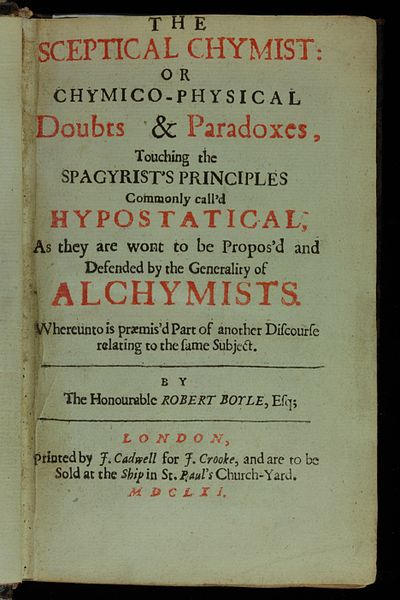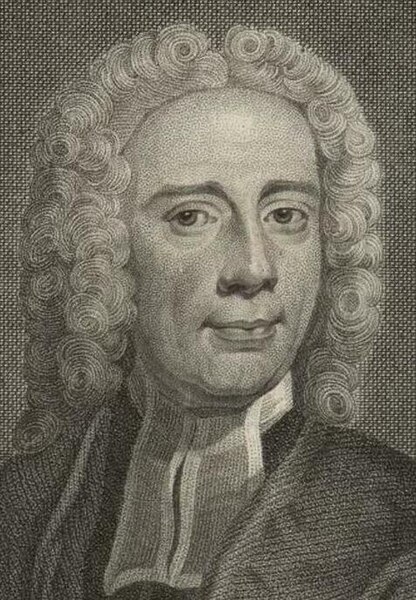Hydrogen is a chemical element; it has symbol H and atomic number 1. It is the lightest element and, at standard conditions, is a gas of diatomic molecules with the formula H2, sometimes called dihydrogen, but more commonly called hydrogen gas, molecular hydrogen or simply hydrogen. It is colorless, odorless, tasteless, non-toxic, and highly combustible. Constituting approximately 75% of all normal matter, hydrogen is the most abundant chemical substance in the universe. Stars, including the Sun, primarily consist of hydrogen in a plasma state, while on Earth, hydrogen is found in water, organic compounds, and other molecular forms. The most common isotope of hydrogen consists of one proton, one electron, and no neutrons.
Purple glow in its plasma state
The Space Shuttle Main Engine burnt hydrogen with oxygen, producing a nearly invisible flame at full thrust.
Hydrogen gas is colorless and transparent, here contained in a glass ampoule.
A sample of sodium hydride
A chemical element is a chemical substance that cannot be broken down into other substances by chemical reactions. The basic particle that constitutes a chemical element is the atom. Chemical elements are identified by the number of protons in the nuclei of their atoms, known as the element's atomic number. For example, oxygen has an atomic number of 8, meaning that each oxygen atom has 8 protons in its nucleus. Two or more atoms of the same element can combine to form molecules, in contrast to chemical compounds or mixtures, which contain atoms of different elements. Atoms can be transformed into different elements in nuclear reactions, which change an atom's atomic number.
Estimated distribution of dark matter and dark energy in the universe. Only the fraction of the mass and energy in the universe labeled "atoms" is composed of chemical elements.
Portrait of Robert Boyle, c. 1740
Title page of The Sceptical Chymist, published in 1661
Portrait of Isaac Watts by John Shury, c. 1830








